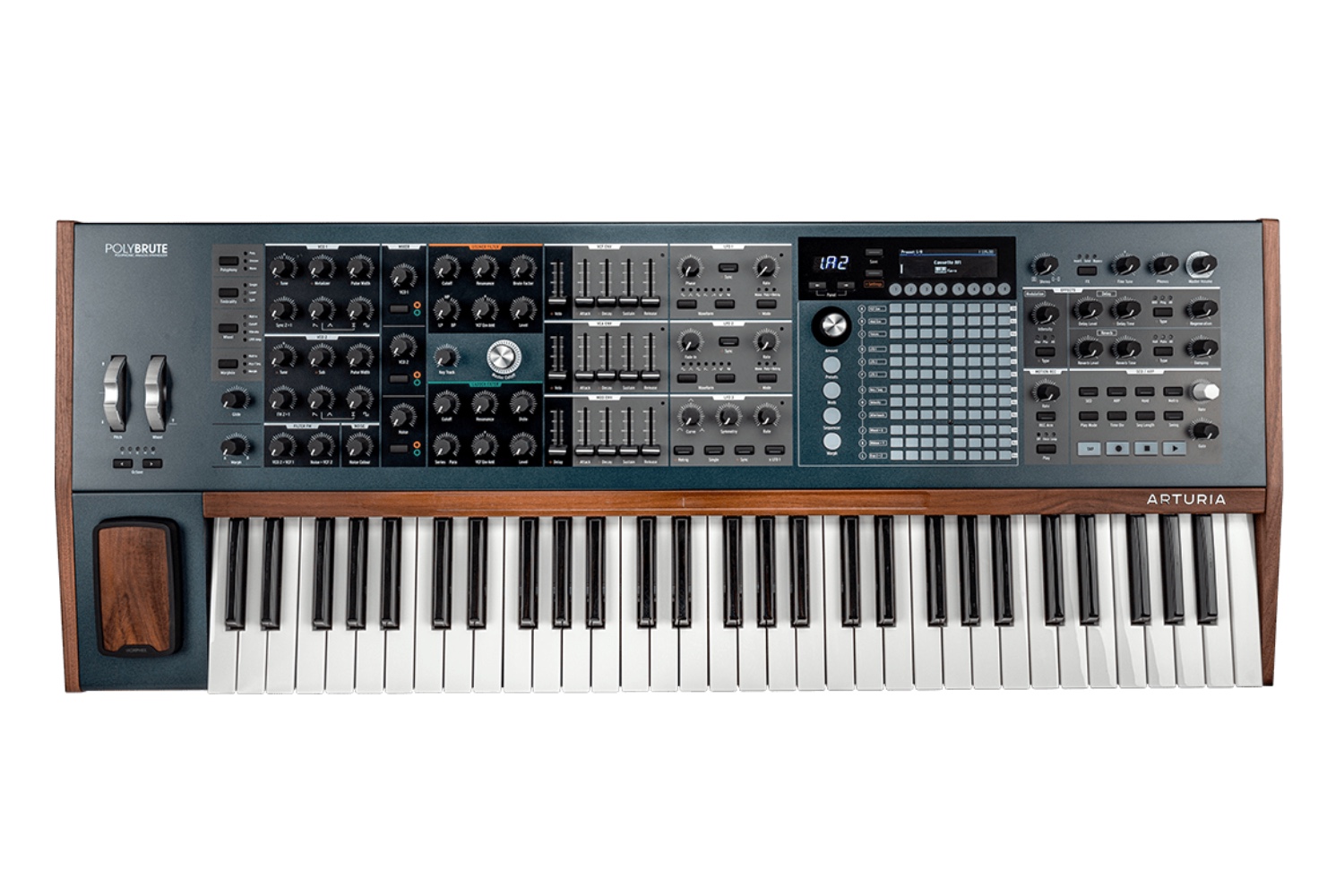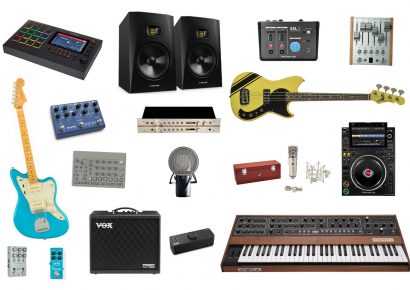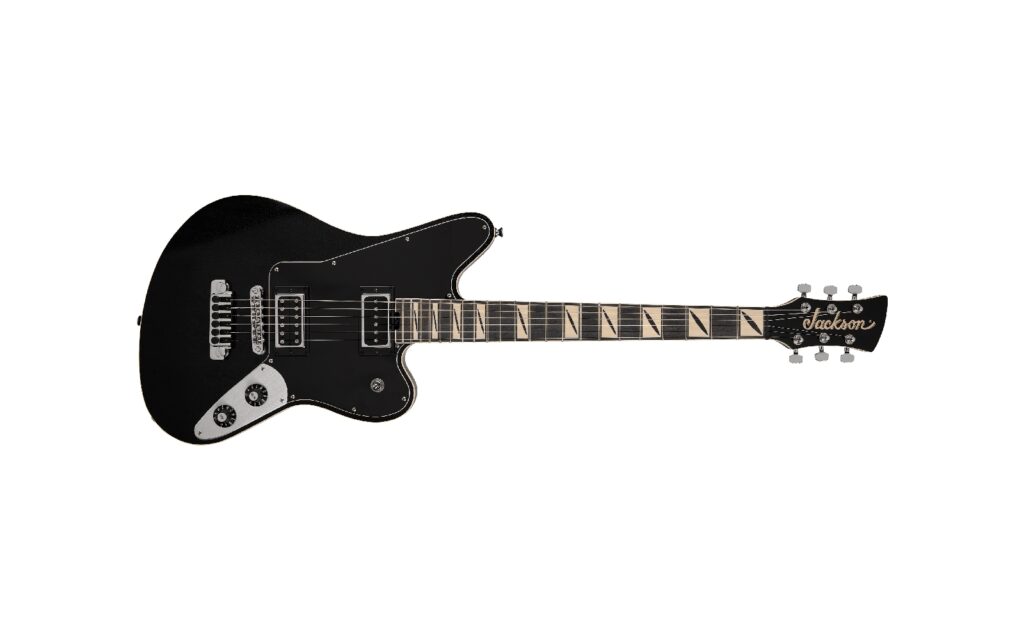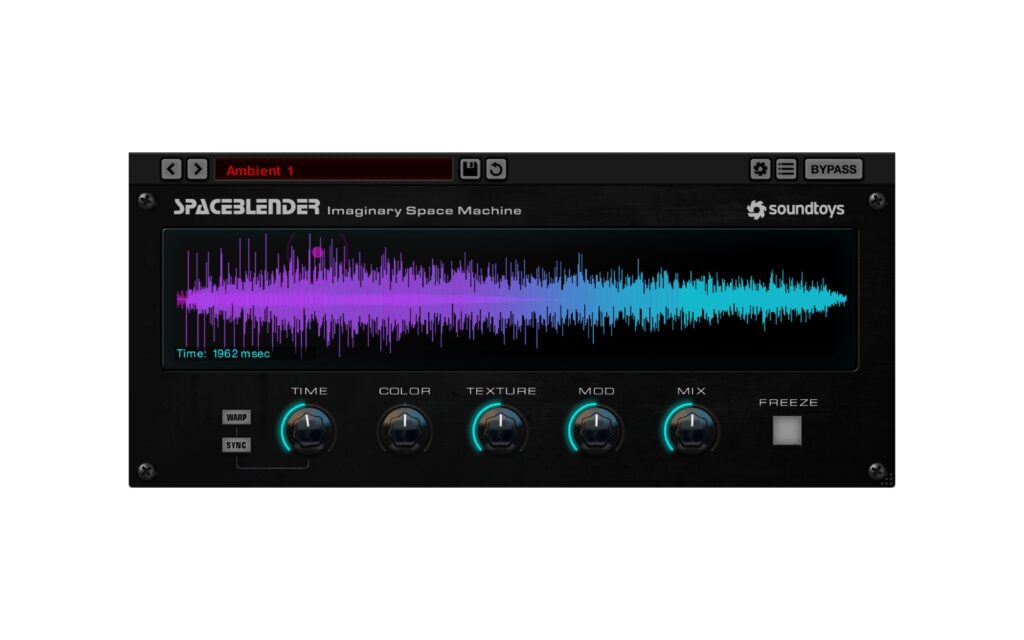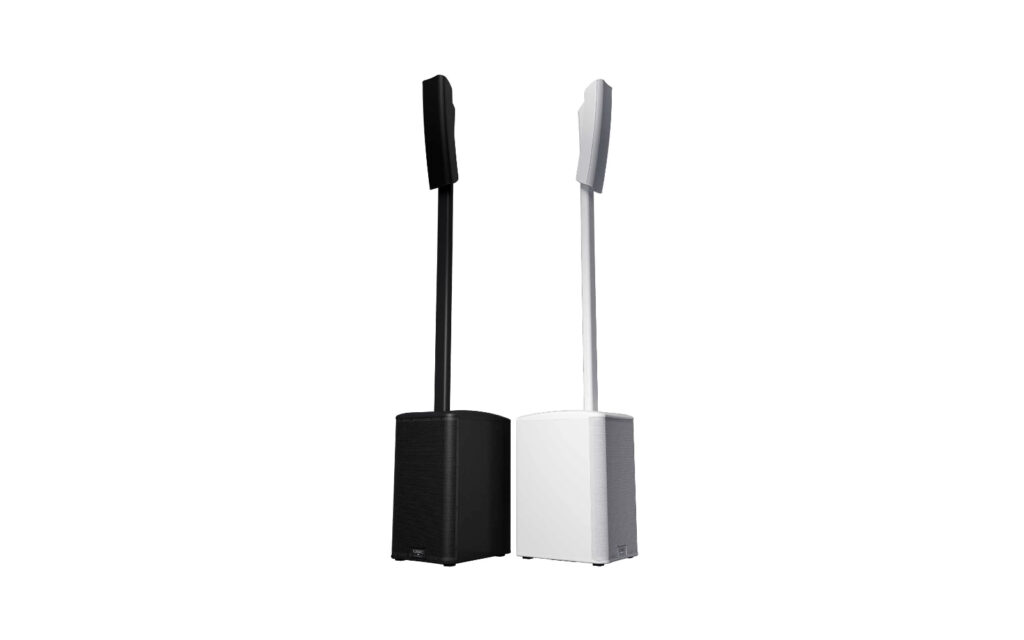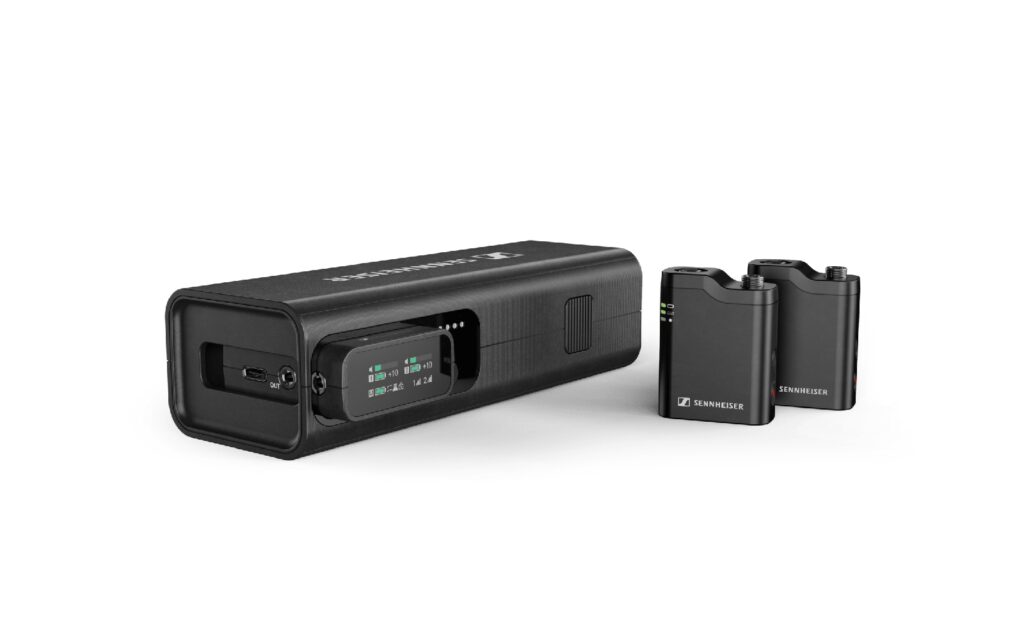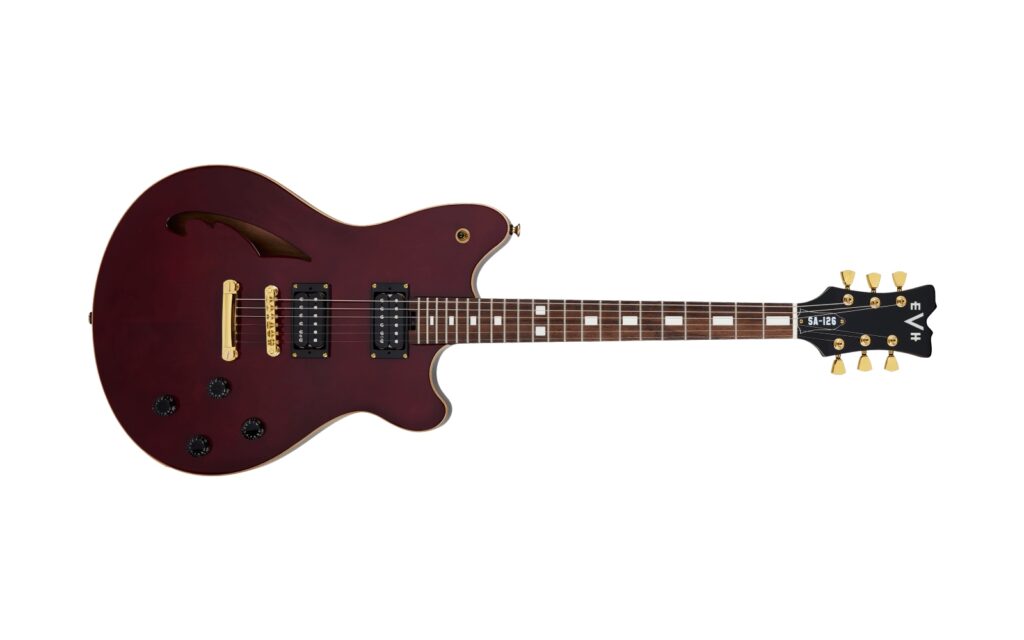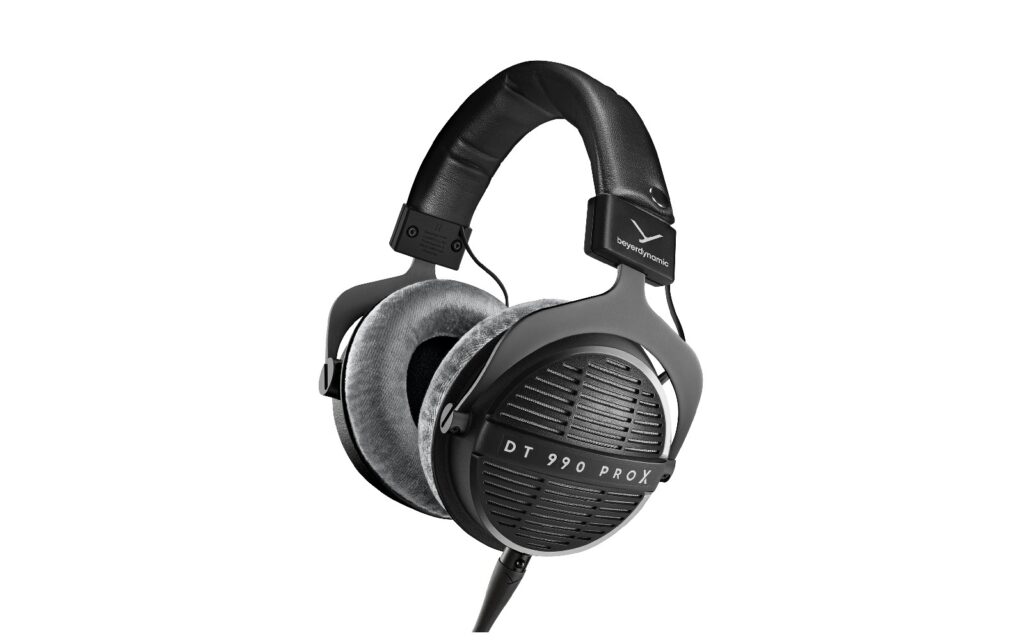CMI Music and Audio | Expect to pay: $3999
Arturia made their name designing software emulations of classic analogue synthesisers. Back in 2012, the Brute line began with the MiniBrute, and along with it, their production of tactile, affordable and distinct-sounding hardware.
The PolyBrute is Arturia’s first poly-synth and in a world of emulations, clones and recreations, it stands centre-stage ready to build a legacy of its own. It’s a six-voice analogue monster with a myriad of expressive and unique modulation options, making it a suitable choice for anyone looking set to sail into uncharted sonic territory.
Flexibility is at the heart of the oscillator design, two wave shaping oscillators covering the ground from saw to triangle to sqaure, as well as the spaces in between. VCO 1 has the wave-folding ‘Metalizer’ function from previous analogue Brutes and VCO2 has a sub-oscillator instead.
There’s oscillator sync that works in set stages or degrees of osc sync and a sweepable ‘FM’ which uses the second oscillator to modulate the first. Noise is another VCO sound source with an adjustable colour from red through to white, and also serves as a FM mod source for VCO2.
One of the most instantly recognisable sonic characteristics of any synthesiser are its filters and the PolyBrute boasts two types. Steiner Parker filters are the one constant across all Arturia hardware synthesisers, their unique sound is a large part of the appeal of other Brutes.
Given their popularity in the modular synth world, I’m sure DIY enthusiasts have built polyphonic systems using these, but the PolyBrute is the first commercially-available polysynth with Steiner Parker filters. Their steep 12dB slope gives a nice contrast to the second filter and their multi-mode flexibility are a sound-designers dream. Sweepable from lowpass through notch to highpass through to bandpass allow such a wide scope for sonic manipulation, all of which can be fed some extra feedback via the Brute knob.
The second type of filter is a 24dB low pass ladder design with distortion. Bass is often reduced as the resonance is increased in ladder filters but not here, where the bottom end holds strong which is especially useful if you’re using the filters in series. They can also be used in parallel and this is where the large Master Cutoff dial comes in handy, as well as the small buttons under each oscillator level, indicating which VCO goes through either filter or both.
Any knob-per-function style synthesiser begs to be touched and manipulated, but the PolyBrute goes a step further by adding a ribbon controller above the keybed and a capacitive wooden X/Y/Z controller called the Morphee. I was skeptical of the ‘Morphee’ when I saw photos, as it looks a lot like the back of a wooden phone case, but it’s so much fun.
Having customisable control over three functions at once, so close to the keybed is a powerful tool. You can define not only the parameters but also the modes of the Morphee so it can tap, hold, scan or hold scan which adjust the release of the tactile modulation. The wood finish on these and other synth details aren’t the clunky 1970s vintage synth style, but more of a luxury car interior vibe; silky smooth.
There are three envelope generators; a VCF, VCA and ‘Mod’ (which can be routed anywhere via the matrix). The first two have a dedicated velocity slider, while the Mod has a delay slider. All three can be looped and within the menu you can load faster envelopes better suited for percussive sounds.
Two of the three LFOs are almost identical, except for a phase or fade in control, and have various flexible sync and retriggering options. The third LFO can curve between logarithmic to linear to exponential shapes, its symmetry can be altered without affecting the rate, it can modulate LFO 1 and can even be a percussive envelope.
There’s an unassuming dial on the left-most of the synthesiser that reads ‘Morph’ and it controls one of the most versatile and unique features of the PolyBrute. Morph allows you to sweep between two patches but it’s not a simple crossfade between audio signals, it’s one patch’s settings morphing into another. This is a new feature we’ve never seen on an analogue synth, and we’re damn excited about it. The strange, left-of-centre sounds you find in-between two patches can be extremely inspiring.
Coupled with the Morphee, you can find yourself in strange sonic landscapes where it’s no longer straightforward what you’re hearing. Thankfully the software shows you an overview of modulation values to help you decode your own auditory mysteries. If you’re wondering if you can modulate the Morph parameter then the answer is a smugly assured ‘yes’.
The mod matrix is comprised of 96 squishy buttons that light up when they’re in use. It’s similar to the namesake matrix of the MatrixBrute, with a few less buttons. It’s pleasingly efficient and immediate; you hold an ‘Assign’ button and turn the knob you want to modulate. The matrix also serves as an interface for the 64-step sequencer, which you can record to the metronome in real-time or in steps.
There’s also an arpeggiator and a Matrix Arpeggiator which combines the two, allowing you to change the order, add slides or disable steps. There’s even a modulation motion recorder which you can adjust the speed or loop. You’re not going to reach the bottom of the modulation or sequencing options of this beast any time soon!
Highly flexible analogue voice architecture, inspiring tactile interaction and sheer cinematic tonality make the PolyBrute stand out. Synths often get described as either ‘players synths’ or ‘programmers synths’, and given the unprecedented tactile interaction options and the superb knob-per-function user interface of the PolyBrute, you can call it both.
Arturia have been designing synthesisers for long enough to see how musicians work with synthesisers and the PolyBrute’s versatility and chameleon-like personality are testament to this. Given the premier quality of its sound and the vast sonic scope it’s capable of, the PolyBrute is an obvious choice for anyone looking for a flagship synthesiser that will keep inspiring them for years to come.
Find out more about the PolyBrute via the Arturia website and for local enquiries get in contact with CMI Music and Audio
